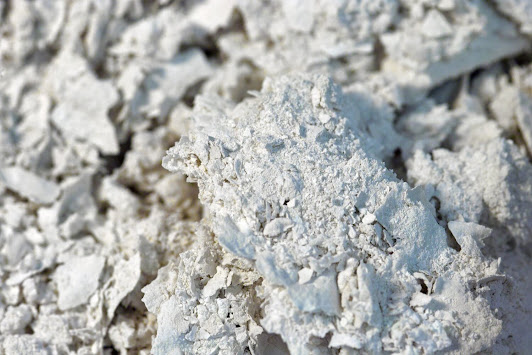The Weird History and Chemistry of Pigment: Ultramarine Blue

Introduction to Ultramarine: Lapis Lazuli, also known as ultramarine, has long been revered as one of the most exquisite and coveted pigments in the history of art. Its deep blue hue, derived from a rare and precious mineral, has adorned the works of master artists and illuminated the pages of ancient manuscripts for centuries. Join me as we delve into the fascinating story of Lapis Lazuli, exploring its origins, production, and artistic significance. Extracting Ultramarine from Lapis Lazuli: The pigment, ultramarine, comes from the mineral, Lapis Lazuli. It is mined from remote regions such as Afghanistan, Chile, and Russia, where deposits of the semi-precious stone are found. The largest source and the most historically significant was Afghanistan. Smaller amounts can be found in Pakistan, Italy, Mongolia, the USA, and Canada. It was originally traded as a decorative stone and used in expensive jewelry long before it was ground up for pigment. The natural pigment (show

.jpg)
